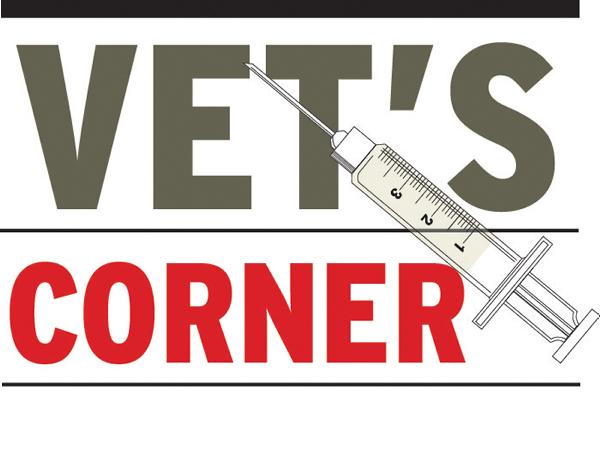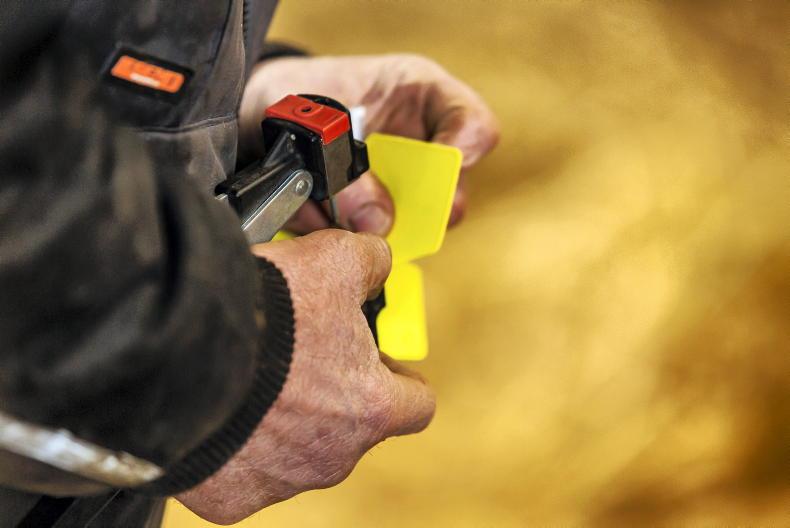Runny and sore eyes in calves draw immediate attention from farmers, especially anyone who has suffered in the past with often long and frustrating outbreaks of pinkeye, while often the sight of a runny eye in an older animal gets overlooked as a minor ailment. They may get left to their own devices or might get a squirt of eye ointment.
Most recover, but, occasionally, there may be something nasty starting. Wart-like lumps are usually benign, but small cauliflower-like growths on the third eyelid or extending to the eyelids or plaques on the eye surface can be the beginnings of squamous cell carcinoma (the other SCC). The carcinoma often appears bloody, ulcerated, soft and foul smelling.
Unattended, these tend to grow and invade the surrounding tissues and can spread throughout the body. Benign tumours more frequently regress than malignant tumours. The malignant form (carcinoma) will progressively grow and invade the entire orbit, including the eyeball and large portions of the face if left untreated. Animals affected are usually over seven years old and not usually less than three. Animals with white or no pigment surrounding the lids of the eye (white-faced cattle) are much more likely to develop lesions, as there is little or no pigment to protect from the sun and damaging UV rays.
The tumours that develop around the eye can be extremely painful and often become infected, as well as being prone to drawing flies, which can torment the animal.
Early intervention with surgical removal of the third eyelid or, in more advanced cases, removal of the whole eye and surrounding tissue can reduce the risk of spreading further through the animal. Advanced cases cannot be operated on, nor can the animal be sent for slaughter, and euthanasia is often recommended on welfare grounds. A stitch in time might not cure cancer, but it can go a long way towards preventing a messy situation.
Brian Murphy works at Killenaule Vets, Killenaule, Thurles, Co Tipperary. Killenaule Vets is part of XLVets, a group of progressive practices working to achieve a better future for agriculture and veterinary in Ireland. See www.xlvets.ie.










SHARING OPTIONS